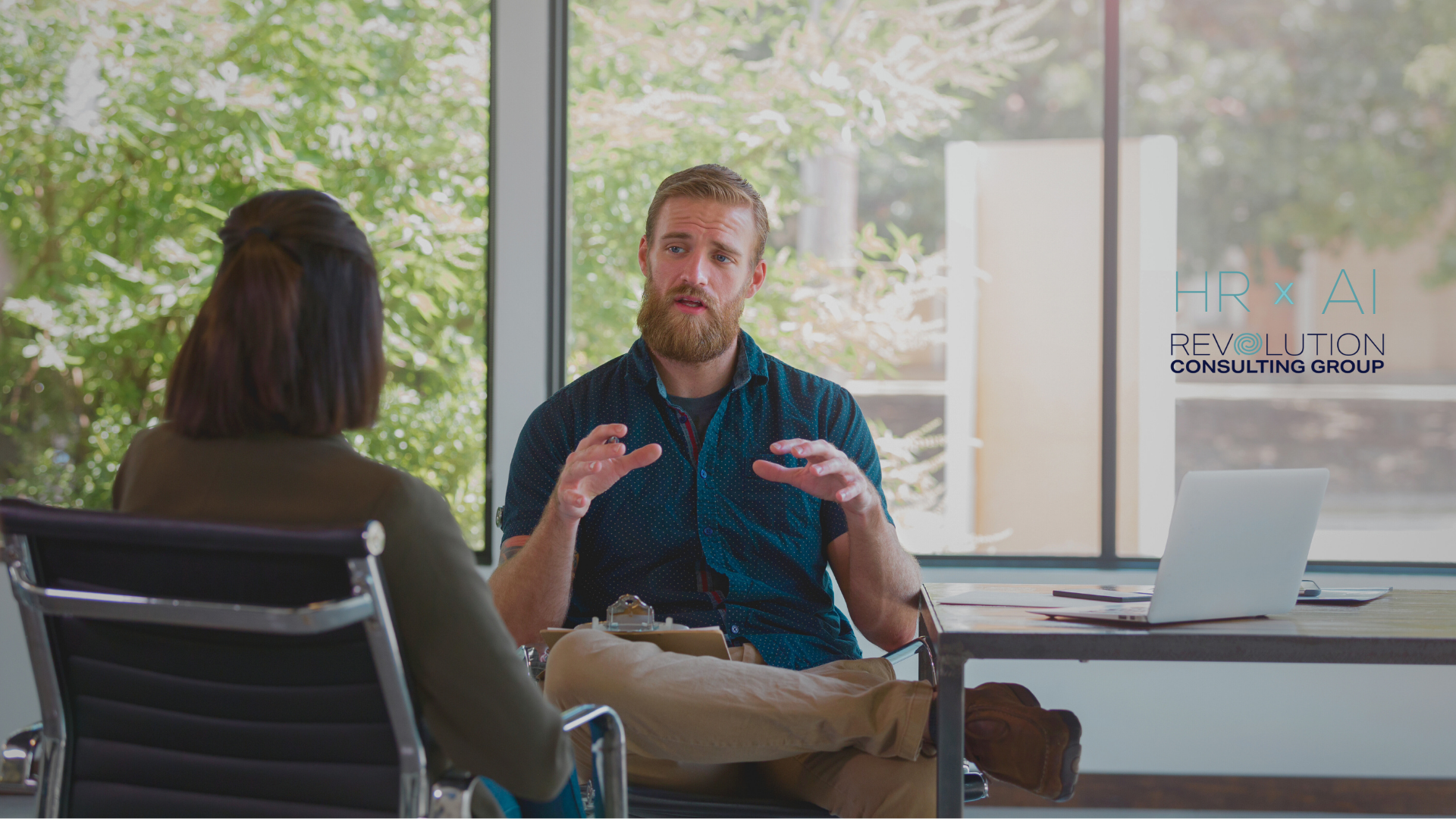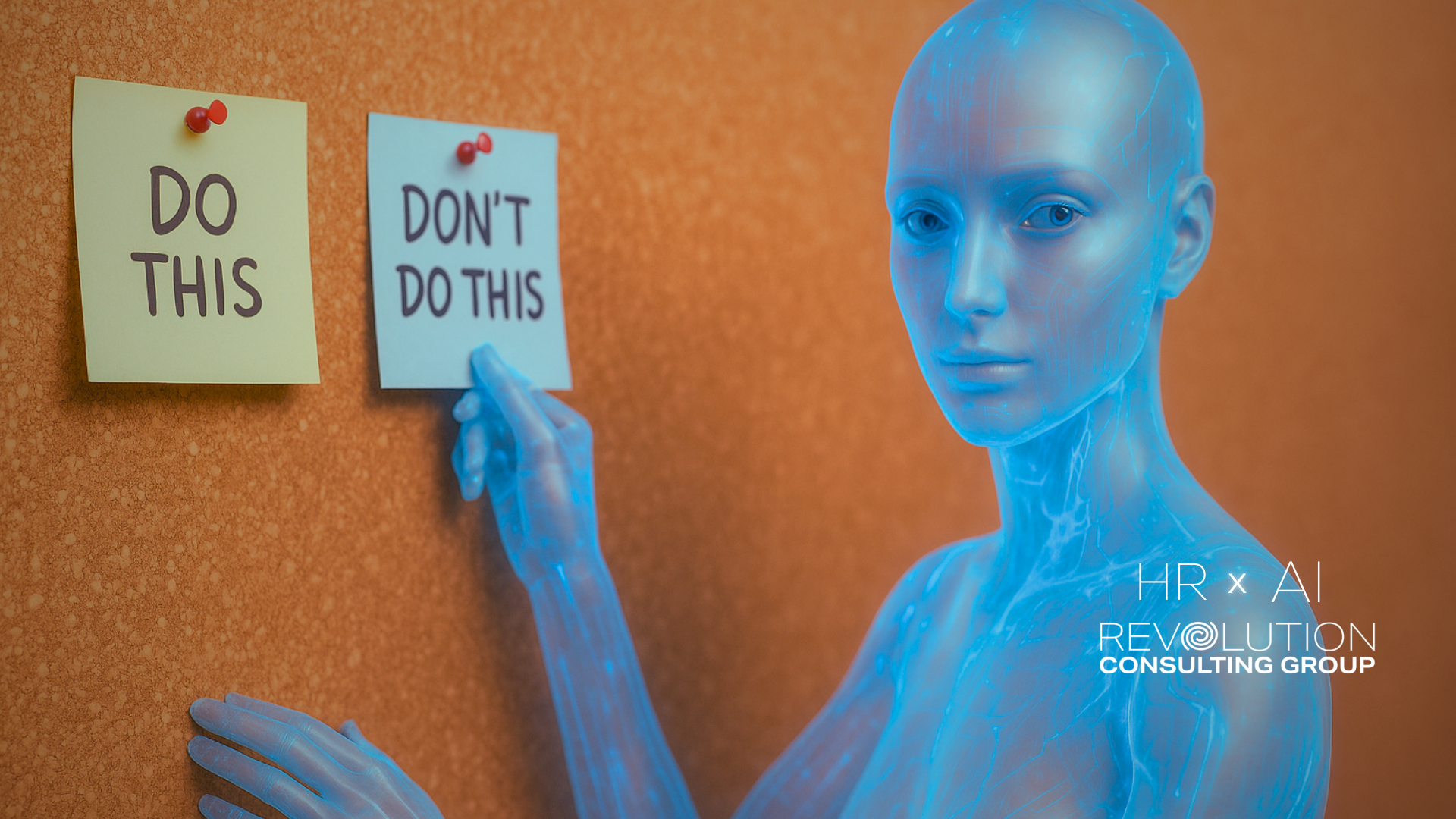Flawed Dismissal Costs $1.5 Million – Is Your Business Prepared?
Introduction
Psychiatric injuries resulting from mishandled disciplinary processes are now a costly reality for Australian employers. A recent High Court ruling on 11 December 2024 has not only set a legal precedent but also highlighted the devastating financial consequences of procedural missteps.
While the legal term used in this case is "psychiatric injury," it aligns closely with what many employers commonly refer to as "psychological injury." For clarity and accessibility, these terms will be used interchangeably throughout this article.
In a landmark case, an employer faced over $1.44 million in damages for psychiatric injury following a flawed dismissal process. Compounding the issue, the same employer had previously lost an unfair dismissal claim in the Fair Work Commission, paying the employee $27,248. Adding to the financial strain, substantial legal fees were incurred defending both cases.
This article explores the case, its implications, and how businesses can safeguard themselves from similar costly outcomes.
Understanding the Full Financial Impact:
Two Claims, Two Significant Costs
The employer first lost an unfair dismissal claim in the Fair Work Commission, settling for $27,248.68. This outcome alone was a warning sign of procedural mismanagement. But the employee wasn’t done. They pursued a second legal claim in the Supreme Court of Victoria, alleging a psychiatric injury was caused by a breach of the employment contract, including the Disciplinary Procedure, which was found to be incorporated as a clause in the employee’s employment contract.
The financial ramifications didn’t stop at damages:
- Legal Fees: Defending both claims involved substantial costs, likely amounting to hundreds of thousands of dollars.
- Reputational Damage: Beyond the financial strain, the employer’s credibility suffered, potentially impacting future talent acquisition and employee morale.
Key Lessons for Employers
1. Procedural Missteps Are Costly
The employer's failure to provide the employee with all allegations prior to the dismissal - including claims of a "pattern of aggression" - was a central issue in both legal proceedings. Had proper steps been followed, the significant financial and reputational costs might have been avoided.
2. Legal Battles Compound Financial Risks
While the damages award of $1.44 million garnered headlines, the cumulative costs, including legal fees and the unfair dismissal settlement, paint an even grimmer picture. For employers, one mishandled process can quickly snowball into multiple legal challenges.
3. Employee Persistence Can Escalate Issues
This case demonstrates that employees are increasingly aware of their legal rights and are willing to pursue claims through multiple avenues. Employers must ensure their processes are robust enough to withstand such scrutiny.
Actionable Steps for Employers
1. Separate Policies and Procedures from your Employment Contracts
Embedding policies and procedures directly into employment contracts can create significant challenges. Once policies become part of the contract terms, updating them often requires employee agreement, creating administrative hurdles and limiting flexibility. This rigid structure not only complicates policy updates but also increases the risk of breach-of-contract claims if the procedures are not followed to the letter, as demonstrated in the High Court case.
Instead, reference policies as standalone documents separate from the employment contract. This approach allows employers to review and update policies as needed without requiring employee consent, ensuring they remain adaptable and aligned with evolving business needs. It also reduces the legal risks associated with inadvertent breaches, providing a safer framework for both employers and employees.
2. Strengthen Policies and Procedures
Ensure your disciplinary policies and procedures are clear but allow room for some discretion and consideration on a case by case basis. Overly rigid policies can lead to breaches if they are not followed.
3. Train Your Leadership Teams
Equip leadership teams with comprehensive training that covers both procedural fairness and the importance of employee mental health. Ensure they understand how to communicate effectively, manage disciplinary processes with empathy, and adhere to legal and organisational policies. Training should also highlight the potential mental health impacts of disciplinary actions, encouraging managers to approach these situations with sensitivity and a focus on support.
By balancing fairness with compassion, leadership teams can foster trust, minimise conflict, and reduce the risk of legal and reputational consequences.
4. Conduct Comprehensive Investigations
When handling allegations:
- Share all relevant claims with the employee.
- Allow sufficient time for them to respond.
- Base decisions solely on evidence presented during the process.
5. Account for Mental Health
Be mindful of the psychological impact disciplinary actions can have on employees. Approach these processes with compassion and respect, recognising that employment decisions can significantly affect a person's well-being. Demonstrating care through open communication, fairness, and support can help alleviate distress.
Offering resources like counselling services or an Employee Assistance Program (EAP) provides employees with avenues to address mental health concerns, showing your commitment to their overall well-being. By prioritising respect and support, you can not only reduce the risk of claims but also create a workplace culture rooted in trust and empathy.
6. Seek Specialist Advice Early
Engaging an experienced HR Consultant or Legal Adviser before and during disciplinary processes can help employers identify and mitigate risks before they escalate into costly disputes.
Conclusion: Lessons from a Landmark Case
This case serves as a stark reminder of the importance of procedural fairness and being mindful of employees' mental health during disciplinary processes. Beyond the $1.44 million damages award, the employer faced additional costs from an unfair dismissal claim and substantial legal fees, illustrating how quickly financial consequences can spiral.
Employers must prioritise clear policies, robust training, and fair procedures to protect themselves from similar outcomes. By focusing on fair processes and mental health considerations, employers can reduce legal risks, promote a more supportive workplace, and demonstrate genuine care for their employees' well-being.
FAQ's
Can an employee pursue multiple claims for the same dismissal?
Yes. This case highlights how an employee can first lodge an unfair dismissal claim and later pursue additional legal action, such as a psychological/psychiatric injury claim.
Are legal fees recoverable if the employer wins a case?
In most cases, each party bears its own legal costs. Employers should budget for significant legal expenses when defending claims.
How can employers prevent psychological/psychiatric injury claims?
Employers can mitigate the risk of psychological or psychiatric injury claims by ensuring procedural fairness, providing mental health support, and fostering a culture of respect and compassion during disciplinary processes.
To achieve this, equip leadership teams with training that focuses on communication, empathy, and the principles of procedural fairness. Ensure they understand how their decisions can impact employees’ mental health and the importance of handling each case with care.
Additionally, avoid embedding rigidly binding policies into employment contracts. This flexibility allows employers to adapt to individual circumstances without risking contractual breaches. By implementing these practices, employers can minimise legal risks while creating a fair, supportive, and trusting workplace environment.
What role does mental health play in these cases?
Mental health plays a significant role in cases involving disciplinary processes. Psychological or psychiatric injuries are increasingly recognised as foreseeable consequences of employment decisions, particularly when procedural fairness is lacking or the process is handled insensitively.
Disciplinary actions can affect an employee’s sense of security, self-esteem, and overall well-being. Employers who fail to consider these impacts may inadvertently contribute to mental health issues, increasing the risk of claims. By integrating compassion, fairness, and mental health support into workplace policies and processes, employers can help safeguard employees’ well-being and reduce the likelihood of such outcomes.
Is $1.44 million a typical damages award?
While this amount is exceptional, it signals the High Court’s willingness to award significant damages where breaches result in severe consequences.
Need more help?
Worried about your disciplinary policies (or lack of) or need some training for your managers? Reach out today for a consultation, and we’ll help you stay on track with expert advice tailored to your business.
- Click here to book a FREE 30 minute consultation to discuss your HR/WHS challenges.
- Click here to book a Business Health Check to review your policies, procedures and frameworks.
- Click here to join our mailing list to get more tips, advice and updates on all things HR, WHS and Leadership.







READY TO GET THINGS DONE?
Revolution Consulting Group is your Dedicated HR Partner




